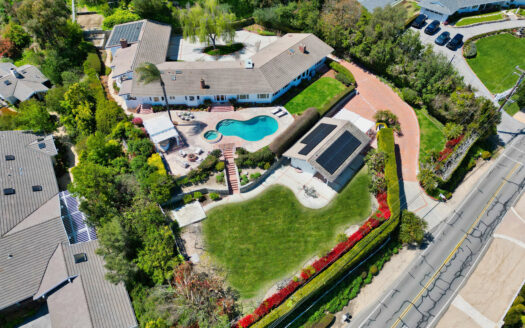A New York developer may be the first home builder to integrate wellness into its products. But if a major real estate education and research group has its way, healthful living will soon be incorporated in many of the places we live and work.
The Urban Land Institute is embarking on a two-year effort to educate its members and the development community at large on how they can build healthful communities and workplaces where people can thrive.
“We are looking at city building through the lens of health and wellness as a way to measure sustainability and long-term prosperity,” said Lynn Thurber, chairman of the Washington nonprofit. “With this effort, wellness is the intent, the designed outcome, not just an additional benefit.”
Delos Living is already pioneering the merger of housing and health, marrying science and architecture to place well-being at the heart of design and construction. Its New York apartments feature, among other things, a water purification system, floors laid upon a layer of cork and rubber to reduce stress, juice bars and soy-based insulation.
Co-founder Morad Fareed thinks that more builders should be integrating wellness into their products to help prevent disease, improve occupants’ energy levels and lengthen their life spans. “Why stop at building just houses?” Fareed asked.
In the face of withering sales during the economic downturn, many resort communities have placed wellness above golf and other amenities over the last few years as a way to entice more buyers. But otherwise few residential builders and developers — or commercial office building developers, for that matter — have seen the need.
But consider these statistics from the Urban Land Institute:
•By 2030, more than 1 out of every 11 Americans will be at least 100 pounds overweight.
•The cost to treat illness consumes 19% of America’s gross domestic product.
•13 million school days are missed annually because of asthma-related illness.
At the same time, the institute says the ability to deliver on health directly translates into market value, and therefore, “makes good building sense.” Here’s proof:
•Nearly two-thirds of Gen Y-ers think proximity to a park is an important buying consideration. And 3 out of 4 feel the same about walkability.
•Homes in neighborhoods with good walkability are worth $34,000 more on average than similar places in neighborhoods with average walkability.
•A dozen bicycles can fit into one parking space.
•More than half of us want to live in a community that has transit.
“This is not just about building a walking trail or upgrading a fitness center,” said Patrick Phillips, chief executive of the Urban Land Institute. “Building healthy places is about improving all aspects of the environment in which people live, from the air we breathe to the places where we work.”
To educate and encourage the real estate community to rethink what, where and how it builds, the institute has published as a first step a report outlining the “Ten Principles for Building Healthy Places and Intersections.” The report examines how urban design and development can contribute to living environments that are conducive to prosperity.
Here are the 10 tenets of creating healthful places:
•Put people first. Health should be a priority, not an add-on or afterthought.
•Build economic value. The various aspects of wellness lead to greater marketability, quicker sales and greater property values.
•Champion health. Community engagement is a powerful link between health and local land use and bringing about change.
•Share spaces. More public spaces are advocated, as are “living streets,” which prioritize pedestrians and cyclists over cars.
•Make health easy. Make it the one safe, easy choice by, among other things, removing barriers that lead people to an unhealthful practice.
Build equitable access. Make healthful choices accessible to all income and demographic groups. These include neighborhoods with housing options for all ages and transit plans that reduce reliance on the automobile.
•Mix it up. Integrate a variety of uses — residential, commercial, cultural and institutional.
•Create character. Places that are different, unusual or unique can help promote physical activity and emotional well-being.
•Healthful food. Diet is a major part of health, so access to healthful food should be part of any development proposal. This means assigning food the same prominence as, say, open space or housing mix.
•Build active. Designs should be used to create active communities — locating adult and children amenities together, for example — to boost physical activity and reduce reliance on cars.
If the nation’s home builders and office developers take even just a few of these principles to heart, the places we live and work should soon become much more healthful and enjoyable.
http://www.latimes.com/business/realestate/la-fi-lew-20131208,0,7924100.story?page=2#ixzz2nCyByVqF








